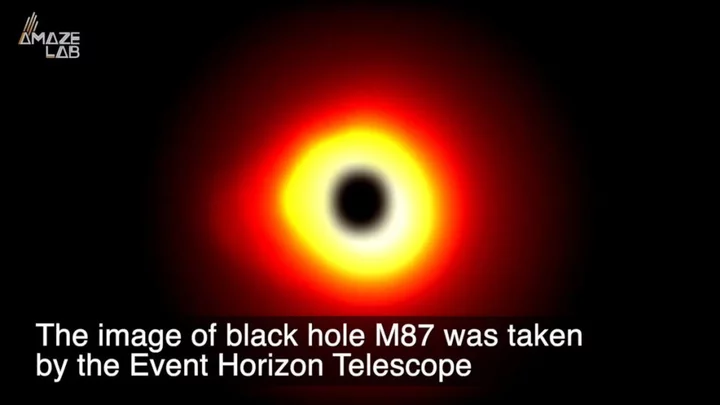The universe appears to be speaking to us, after a centuries old “echo” from a supermassive black hole was detected by scientists.
The black hole located inside the Milky Way became active around 200 years ago and produced a sound that is now being studied.
The research was published in Nature and focuses on the black hole named Sagittarius A* (Sgr A*) found 26,000 light-years away from Earth.
The noise was triggered when the object consumed gas and dust, with particles moving into the event horizon. The findings could teach us more about the activity of supermassive black holes, which continue to intrigue and confound scientists.
Sign up to our free Indy100 weekly newsletter
Author of the research Dr Frederic Marin of Strasbourg University said: “It reveals the past awakening of this gigantic object – which is four million times more massive than the Sun.
“Our work presents the missing piece of evidence that X-rays from the giant molecular clouds are due to reflection of an intense, yet short-lived flare produced at or nearby Sagittarius A*. These results can further constrain the past activity of the galactic centre.”
By their very nature, black holes are difficult to study as they absorb light around them, and these new findings offer insight into a fascinating part of space.
Dr Marin said: “To get an idea of the increase in intensity of the X-ray emission when the black hole emerged from its quiescent state, it is as if a single glow-worm hidden in a forest suddenly became as bright as the Sun.
“These findings explain why galactic molecular clouds near Sgr A* are shining more brightly than usual. It is because they are reflecting the X-rays emitted by Sgr A* 200 years ago.”
Have your say in our news democracy. Click the upvote icon at the top of the page to help raise this article through the indy100 rankings.

